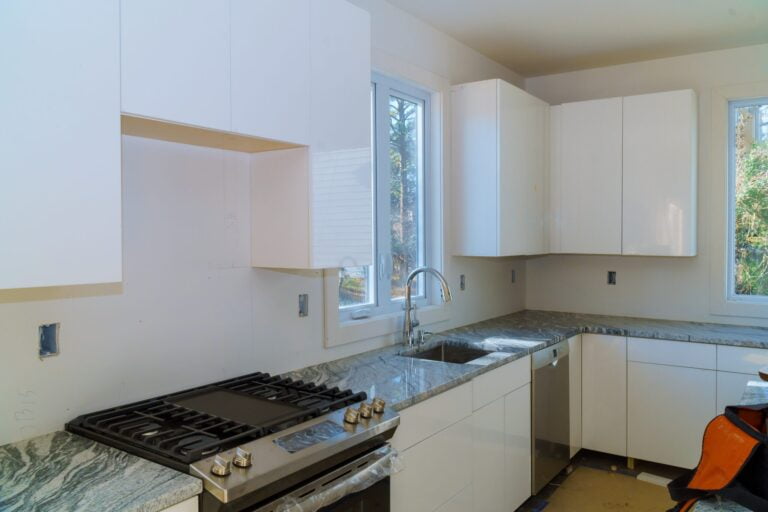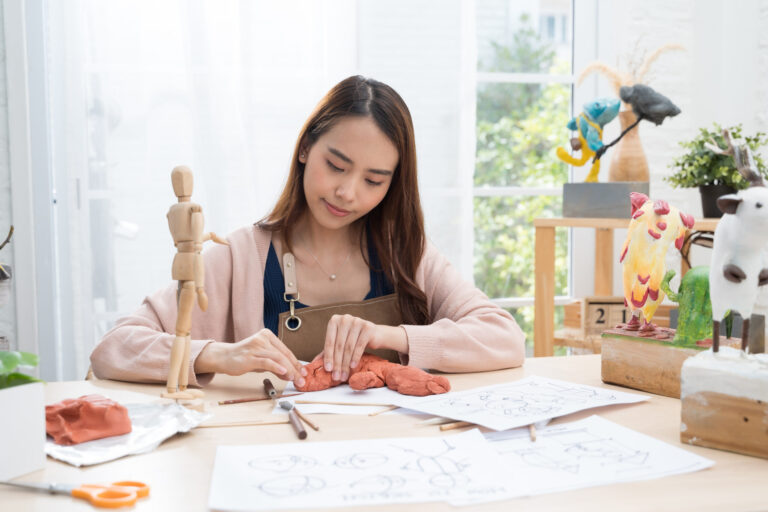Becoming a homeowner is an incredible milestone, but it also comes with a whole new set of responsibilities. One of the first major tasks you’ll have after you move in is designing the interior and exterior of your new property. What that means is only limited by your house, your budget, and your imagination. You don’t have to completely overhaul your entire space, you can focus on areas you use frequently with design ideas that make the environment look and feel more personal to you. There is no shortage of design projects for you to choose from, though it’s always a good idea to prioritize projects that have the potential to add to your home’s value in addition to improving your quality of life. If you just moved in and aren’t sure where to get started with your home decor, read on for three design tips for new homeowners.
1. Develop a clear idea of your style first.

Instead of just buying things that you like over time without any real plan, sit down with any other members of your household and talk about your goals and what style of furniture and decor you intend to focus on. There are plenty of popular home designs to consider if you’re having trouble finding inspiration, whether you prefer an art deco or a more modern look. Make a list of the design projects you’re interested in taking on and start to identify exactly what you’ll need in order to make them happen. That way, when you go out to start shopping, you’ll already have a good idea of what you’re looking for and where to find it. Once you’ve moved in and can see exactly how the home is laid out, where the natural light is, and what imperfections and flaws you might want to cover up you’ll have a better idea of whether to implement a traditional style and where the focal point of each room should be.
2. Invest in your personal space.

While most homeowners find it hard to decide where to start with interior design or home improvement projects, the areas that you use frequently are often a good place to start. Invest the most money in your most essential projects, one of which should include making your personal space comfortable.
One trend in bedrooms is creating some type of vanity area, typically in a large walk-in closet or the bathroom. A vanity is a perfect place to fix your hair or do a gel manicure before a night out, and they make a great addition to any space where you’re likely to spend some time in the mirror. Whatever your priorities are for the fixtures you want to install, you won’t regret making your space a priority.
3. Consider shopping for vintage and secondhand decor.

Home design can be expensive, and while it’s often worth it to spend money on high-quality materials and furniture, there are also a lot of ways you can save money by being a little smarter about your shopping. If you’re figuring out how to buy a home when money is tight, it can help to save money on interior design by looking for furnishings in unconventional places. Someone else’s clutter could be your next piece of wall art if you’re resourceful enough. It’s important that you thoroughly wash, clean, and inspect the safety of any vintage or secondhand home products you purchase. While you can save a lot of money shopping for decor this way, you also want to make sure you’re being safe with the things you bring into your home.
There’s no denying that designing the inside and outside of your new home is a challenge, even for the most well-prepared homeowner. Take your time with the process and make sure you have a clear understanding of what your preferred interior design style is and what projects you plan to take on. It’s a good idea to start with the spaces you use the most, and then work your way through the rest of the house. If you are on a tight budget, shopping at thrift and consignment stores can be a great way to find unique furniture and decor without breaking the bank. There’s no reason to waste time after you’ve finished moving in. Buying a house is just the beginning, it’s up to you to make it look and feel like your home.






